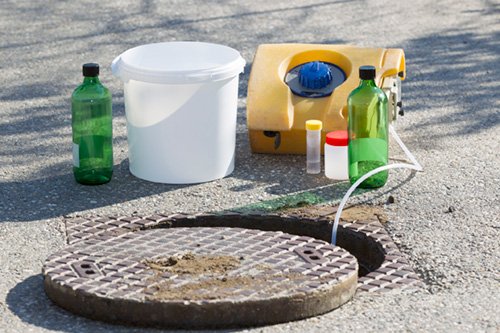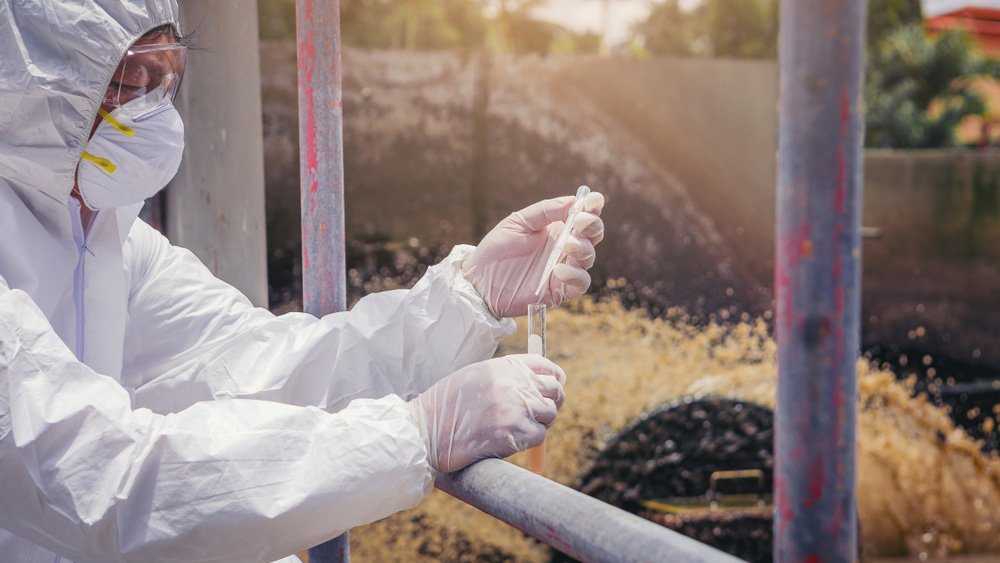For more than two and a half years, the Covid pandemic has continually challenged us to keep finding new and better ways to detect infection. Had we been able to do that reliably when the virus first emerged in humans, doctors and public health experts might have prevented the pandemic entirely.
Still, though, scientists and technology developers have used this period to test out a number of novel infection-detection approaches. From wearables to wastewater surveillance, these approaches are providing new insights into how to track, predict, and rein in viral transmission. Ultimately, they will prove useful not just for the ongoing pandemic, but for infectious diseases writ large.

Wearables
In a recent publication, scientists in Europe reported the ability to detect Covid infections in people two days before they developed symptoms — a crucial period during which people could be infecting others without even realizing they have the virus. This study, which included nearly 1,200 participants, focused on a medical device called the Ava bracelet that is designed to help women track fertility patterns. The bracelet analyzes respiratory rate, heart rate, temperature, and other factors. Scientists captured the data from all participants and used a machine-learning approach to identify unique changes among the women in the study who tested positive for Covid. The upshot: their algorithm identified 68 percent of women with Covid based on data collected two days before they began to develop symptoms.
While intriguing, the study isn’t the first of its kind. Throughout the pandemic, scientists have been testing a number of wearable devices to see whether the data they capture could help spot infection. Late last year, scientists from Stanford University reported an 80 percent success rate in identifying pre-symptomatic and asymptomatic participants who developed Covid. That study was based on data collected from Fitbits or Apple Watches and analyzed with a real-time alert system built by the scientific team.
Covid-Sniffing Dogs
What this detection technique lacks in scalability, it makes up for in cuteness. Over the years, researchers have trained dogs to sniff out many different things — most famously bombs and illegal drugs — but now those sophisticated noses are being used in the pandemic. A number of studies now demonstrate that dogs can accurately sniff out cases of Covid, even when infected individuals have no symptoms.

A recent report from scientists in Finland showed that dogs trained to detect Covid performed extremely well at identifying samples from infected people. In blind studies of more than 400 samples, the dogs had an overall accuracy of 92 percent.
Bluetooth-Connected Thermometers
Early in the pandemic, employees of a company that sold a smart thermometer — a digital thermometer connected to a phone app that sent data back to the company — noticed something odd. It turned out they could see spikes in Covid cases in certain geographic regions, sometimes weeks before case numbers in those regions began to rise.
In an interview with Techonomy earlier in the pandemic, Kinsa Health CEO Inder Singh told David Kirkpatrick that these thermometers, used in 2 million households in the U.S., were collectively providing data about where Covid surges would hit three weeks in advance. At the time, public health officials dismissed Singh and his data because it didn’t match what the limited laboratory testing showed at the time. But since then, the aggregated signals of these thermometers have proven a good ongoing indicator of local outbreaks, which the company now offers to the public via its HealthWeather website.
Covid Signals in Wastewater
While most Covid tests are designed to analyze what’s up our noses, some intrepid scientists have focused on what comes out the other end. By sampling a community’s sewage — less disagreeably known as wastewater — lab teams have been able to generate insights about where Covid is surging or dying down, which variants are most common, and asymptomatic infections that are not typically caught with tests.

Wastewater surveillance for infectious disease is not new, but prior to the pandemic it was performed at the local level and data did not often feed into higher-level repositories. In September 2020, the CDC created the National Wastewater Surveillance System to connect these local efforts and encourage common reporting measures. Today, results from that network can be viewed at the country, region, and county level. Many other countries have coordinated similar programs.
The same approach can be used for more targeted communities, and has been tested at several universities. A recent comparison of wastewater data with saliva testing at Ohio State University, for example, showed that wastewater sampling provided an accurate view of Covid trends in the university population.
While no one approach has been a silver bullet, collectively these techniques have significantly improved our abilities to detect not just Covid but a range of infectious diseases. As more viruses spill over from other species in coming years, as scientists expect, early detection will be essential for maintaining human health.















